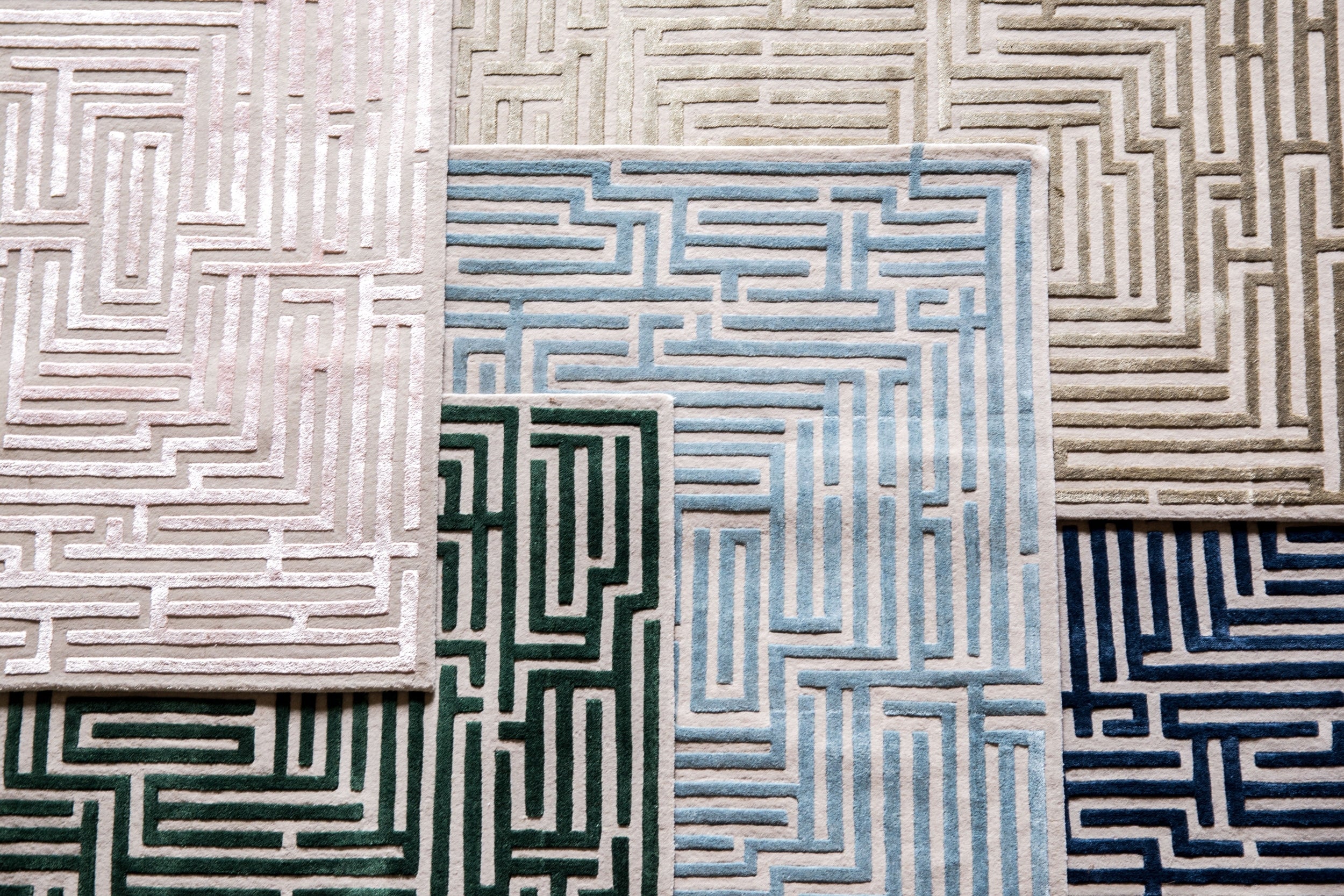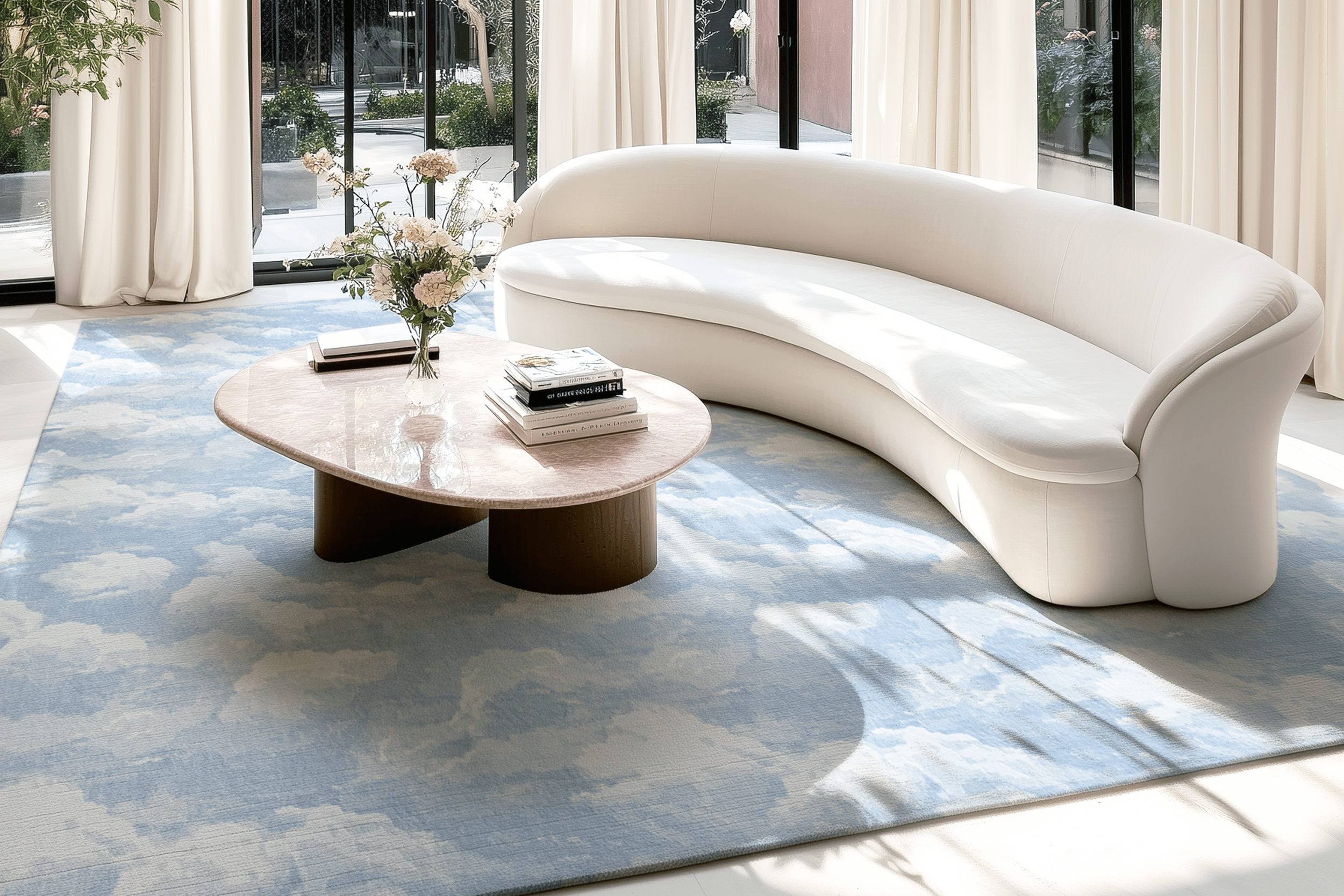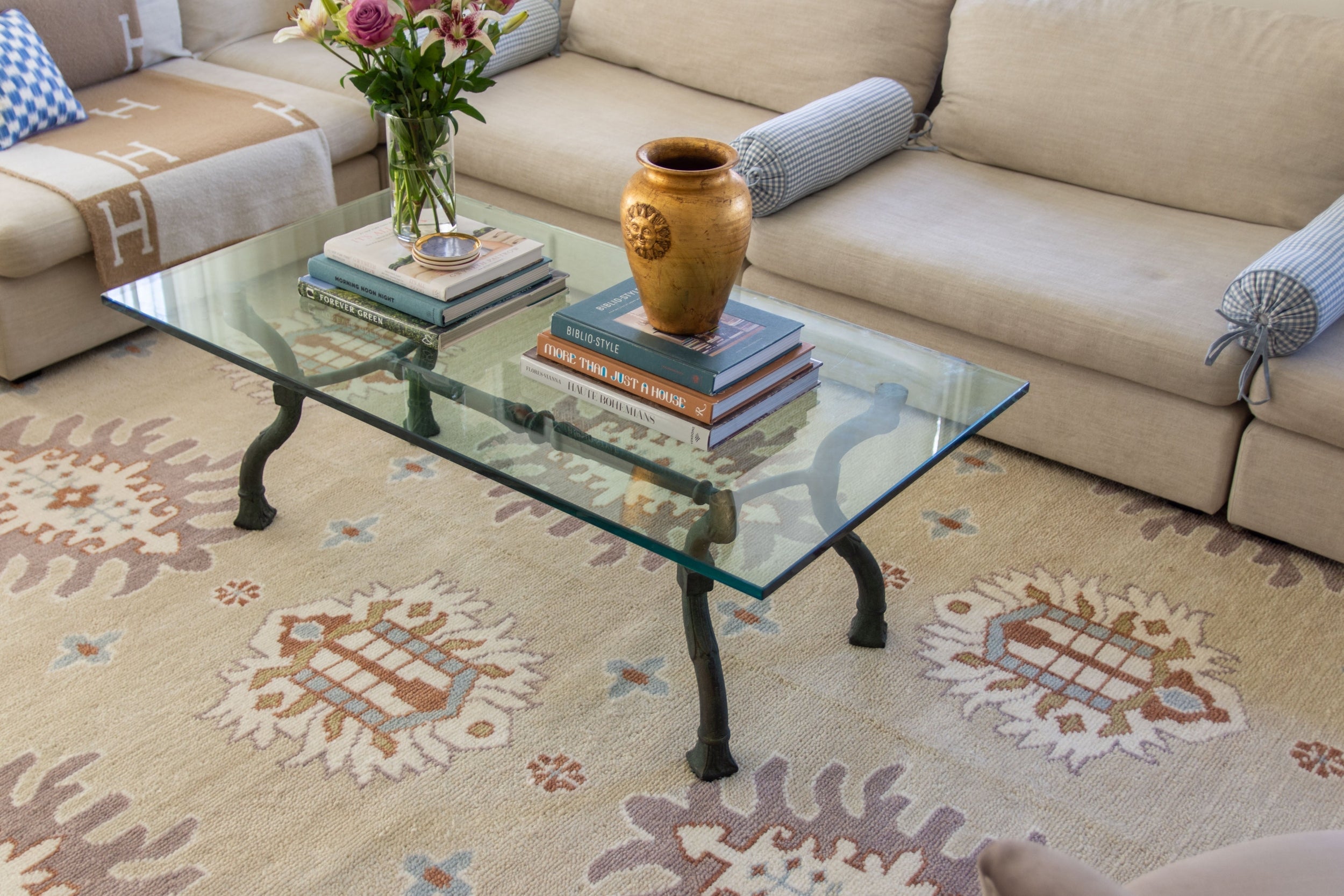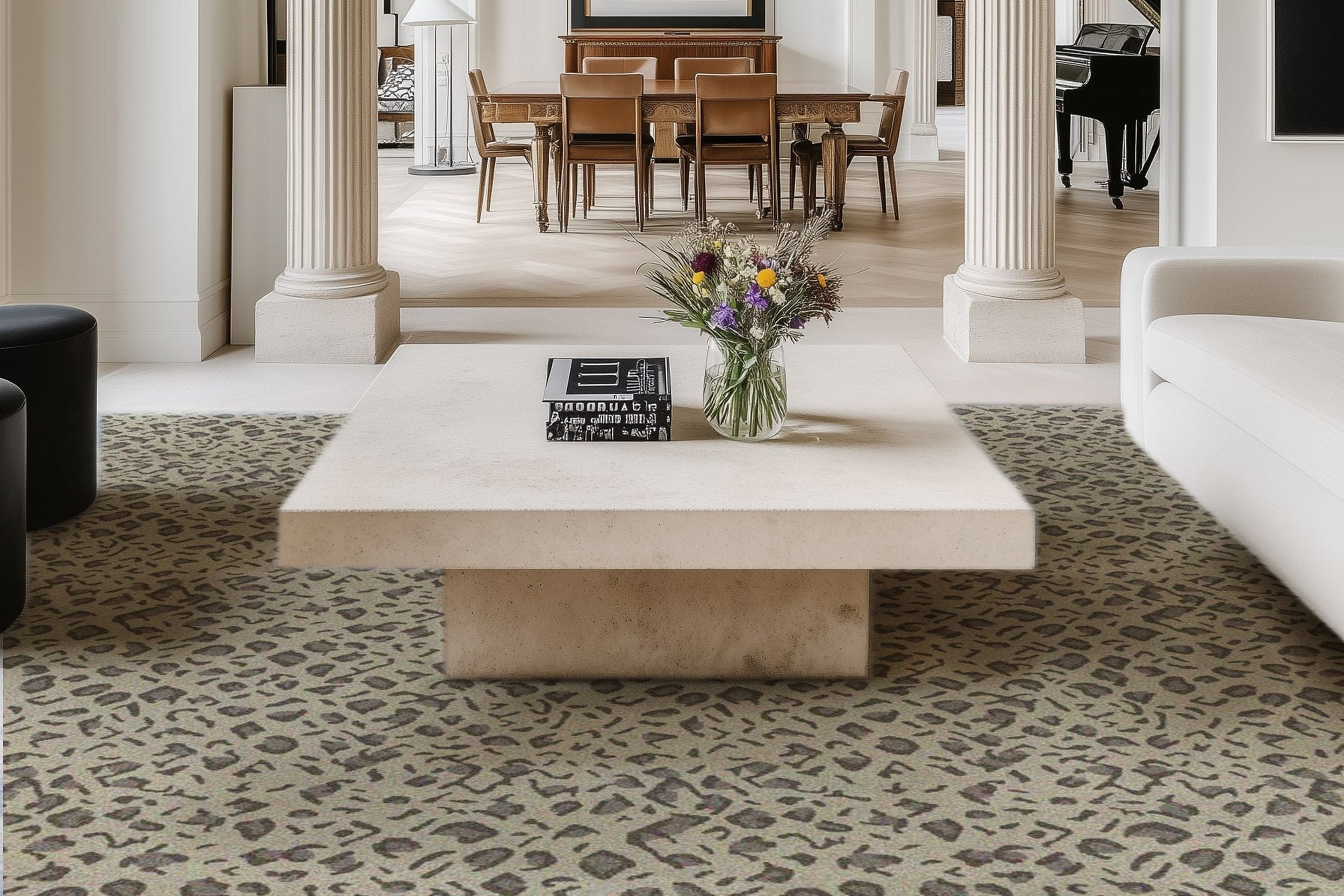The Ultimate Guide to Stylish Interior Lighting
Lighting is the unsung hero of interior design. It has the power to transform any space, create mood, and enhance the functionality of the room. From macro to micro influences, it's amazing how strategic lighting can completely alter the way we perceive and utilize space. In this comprehensive guide, we will explore how you can use lighting to elevate your home decor from ordinary to extraordinary.
Layers of Light: Understanding the Basics
Lighting design is an art and a science. It involves creating layers of light to achieve both practical and aesthetic goals. There are generally three main types of lighting that should be considered for an effective lighting plan:
Ambient Lighting: This is the general lighting that provides an overall glow to a room. It is usually achieved through ceiling-mounted fixtures.
Task Lighting: This is more focused and brighter lighting that is directed to a specific area where a task happens, such as a desk lamp or under-cabinet lighting in the kitchen.
Accent Lighting: This layer is all about adding drama to a room by highlighting specific features, like a piece of art or a textured wall.
To start, identify the natural focal points in your room and work from there. By combining these layers thoughtfully, you can create a dynamic and inviting environment. Remember, different combinations of these layers will suit different rooms and their purposes.
Consider Designer Lighting
For those who want to make a significant design statement, designer lighting is the way to go. Designer pieces are often crafted with attention to detail and unique designs that can become the focal point of any room. You can also get designer lighting directly from the manufacturer or wholesaler to you, as suggested by Zest Lighting experts. Designer lighting not only illuminates the space but also serves as a work of art. Whether it's a modernist floor lamp or a baroque chandelier, these pieces are meant to be noticed and appreciated. With designer lighting, you are investing in quality and a touch of luxury that can transform your home.
The Impact of Color Temperature
The color of light can dramatically change the ambiance of a space. LEDs, for example, offer a wide range of color temperatures. Cooler temperatures (around 6000k) produce a blue-white light that is more energizing and is often used in task lighting. Warmer temperatures (around 2700k) produce a soft, yellow light that is calming and ideal for ambient lighting in living spaces.
When thinking about color temperature, consider the function of the space. A warmer color temperature is more suitable for living rooms and bedrooms, creating a cozy atmosphere. Meanwhile, cooler temperatures work better in areas where you need to stay alert, like a home office.
Fixtures as Focal Points
Light fixtures are not just tools for illumination; they can be stunning centerpieces that tie your room together. When selecting a Nkuku lighting fixture, consider the style and flow of your space. Statement chandeliers are ideal for rooms with higher ceilings, while pendant lighting can add a modern touch to kitchens and dining areas. For a more industrial vibe, exposed-bulb fixtures work wonders, especially in open-concept spaces. Remember that the scale is crucial. A small fixture in a large room can look lost, while an oversized fixture can overwhelm a smaller space. To determine the right size, add the dimensions of the room in feet – the total in inches is approximately the diameter your chandelier should be in inches. Lightology also suggests using 2-3 pendant lights over a kitchen island or dining table, spaced evenly to balance the design.
Lighting Controls and Smart Technology
Utilizing lighting controls and smart technology is like having the lighting maestro at your fingertips. Dimmer switches are a simple and effective way to control the intensity of your lighting, providing flexibility and the ability to create different moods.
With the advent of smart lighting, you can now control your lights remotely or set up custom lighting scenes. Systems like Phillips Hue or Lutron's Caséta Wireless offer intuitive interfaces that allow for precise control over your lighting setup. An added perk of smart lighting systems is their energy efficiency and integration with other smart home devices. By programming your lights to turn off when they're not needed, you can save on your energy bill and feel good about contributing to a more sustainable planet.
Illuminating Art and Architectural Features
The right lighting can turn ordinary features into extraordinary focal points. Uplighting, or washing a wall with light, is perfect for bringing out the texture of a brick or stone wall. Picture lights can be used to highlight artwork while recessed lighting can emphasize the architectural details of a space without stealing the show. When lighting art, it's important to prevent glare and shadows, which can detract from the viewing experience. Aim for a slightly raised source of light to reduce glare and highlight the subject evenly. Bold and beautiful architecture can be highlighted with uplights, coves, valance lighting, or strategically placed recessed lights.
Lighting your home is much more than a practical necessity; it's an opportunity to tell a story, set a tone, and infuse your style. By understanding these lighting fundamentals and leveraging them effectively, you can create a home that is not only beautiful but also functional and full of character.
Browse by Category

Design Projects
Explore interiors from client work and personal renovations — layered, livable, and always in progress.
read more →
Collaborations
From product launches to styled spaces, discover the brand stories I’ve helped bring to life.
read more →
The Notebook
A growing archive of iconic designers, inspiring artists, and unforgettable design moments.
read more →
Travel by Design
Wander with a designer’s eye — from charming hotels and city guides to visual inspiration abroad.
read more →





